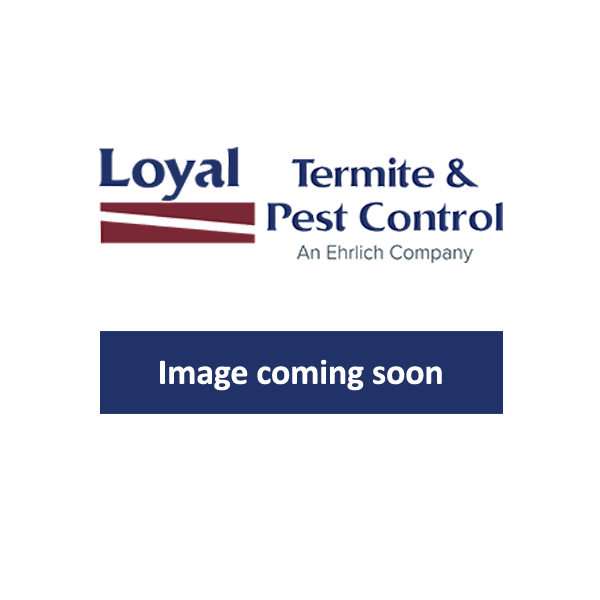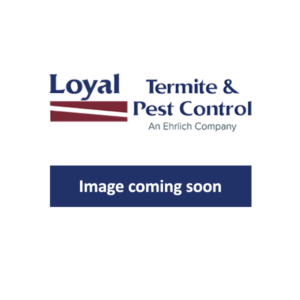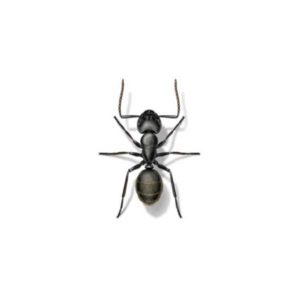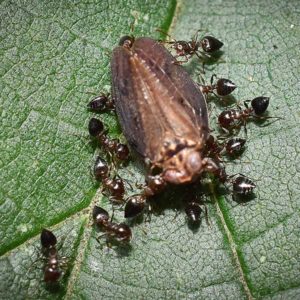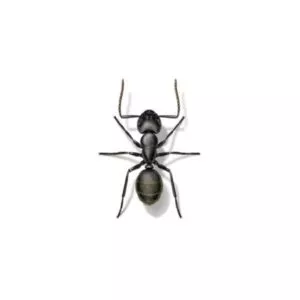Little Yellow Ants in Central and Eastern Virginia
In early 2017, researchers first spotted the little yellow ant in Fort Lauderdale, Florida. Now found throughout Virginia, little yellow ants produce supercolonies with multiple queens. Their preferred food is honeydew, however, they will also feed on dead insects. Possessing exceptional foraging skills, little yellow ants can invade homes and backyards, displacing other native ant species from properties.
Little Yellow Ant Habitat
Nests are located in dead branches of vegetation, both on living trees and on twigs resting on the soil surface. Little yellow ant workers and queens forage on the nectar of flowers. In addition to foraging for nectar, these ants have also been observed tending aphids and feeding on dead insects. Foraging ants make their way indoors, invading homes, with trails originating from the garden or landscaped areas outdoors. Workers and queens have been observed on kitchen countertops feeding on pet food.
Little Yellow Ant Behaviors, Threats, or Dangers
The little yellow ant does not bite or sting, however, it poses an ecological threat as it displaces larger native ant species. In a Fort Lauderdale neighborhood, researchers observed that in just six months, the tiny yellow ant displaced the bigheaded ant colony that was dominant in the area. Large colonies have been detected in neighborhoods covering several city blocks. At less than 2 mm in length, little yellow ants may go unnoticed. Over time, colonies spread out and grow to extremely large numbers, making them very difficult to control. if a little yellow ant infestation is suspected, it is best to consult a professional ant exterminator.
Need help with Little Yellow Ants?
Get started with a FREE quote!

